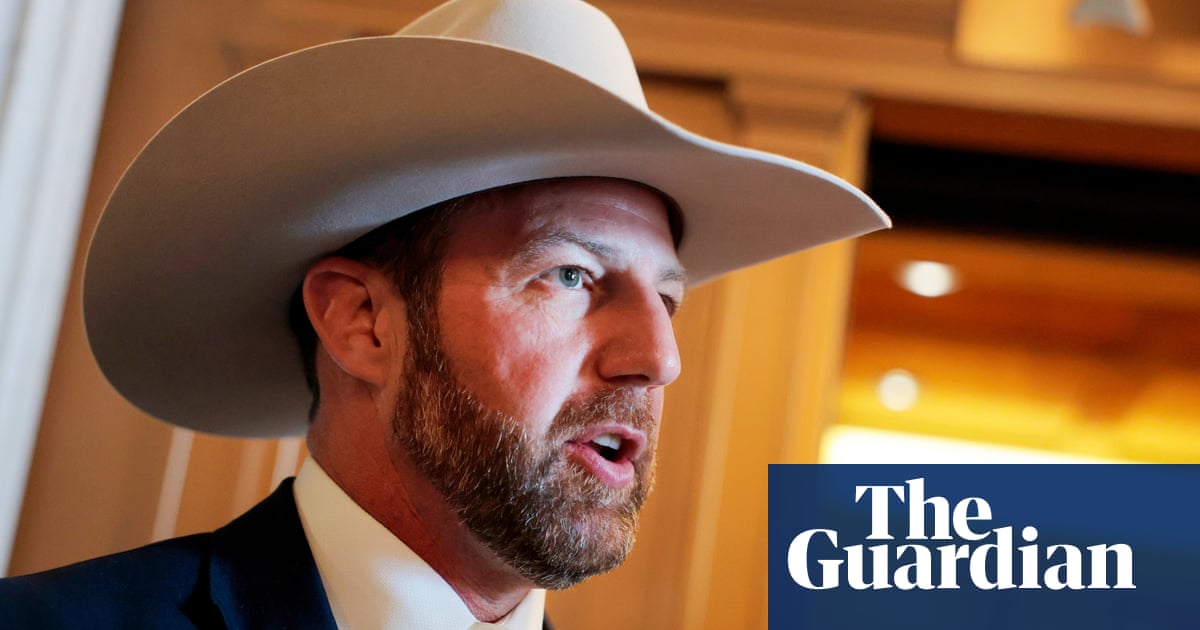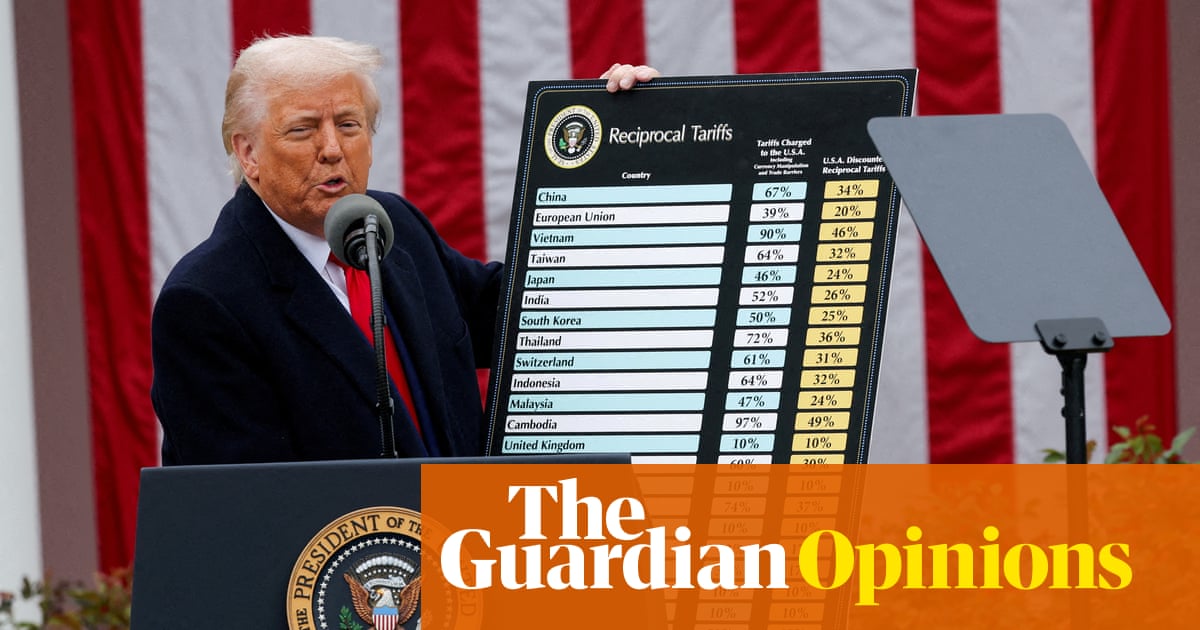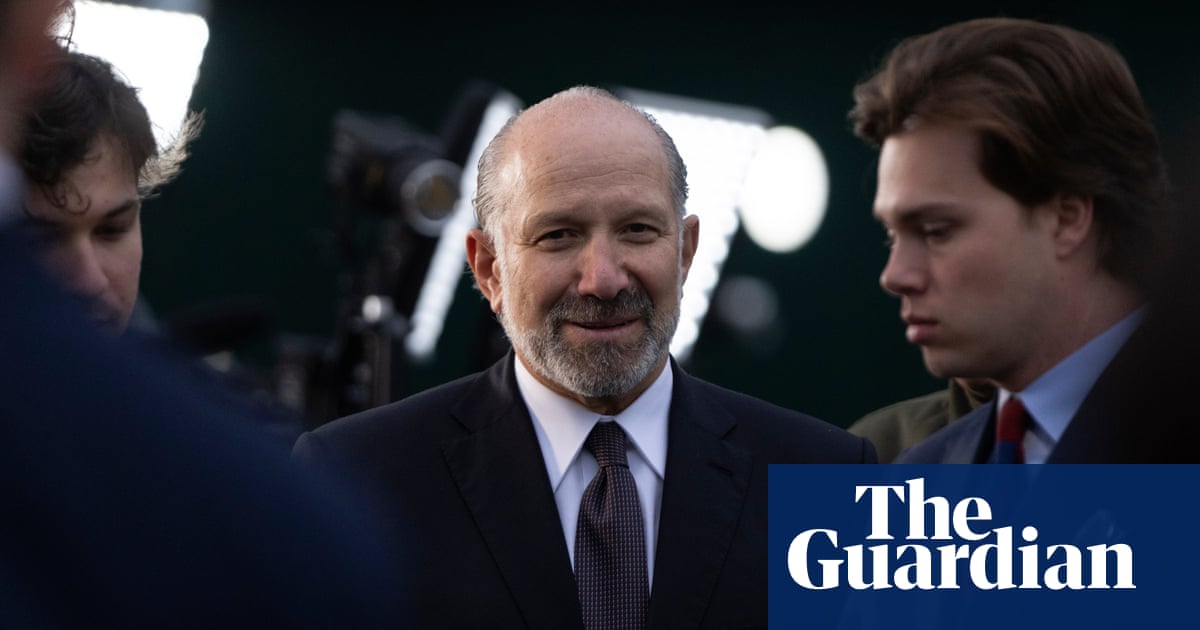Donald Trump’s aggressive wave of anti-union actions is already spurring some US employers to take a more hostile stance toward unions, as labor leaders voice fears that the president’s moves will embolden more and more companies to fight harder against unions and slow their recent progress.
Indeed, some worker advocates worry that unions will be walloped during Trump’s second term the way they were under Ronald Reagan after he crushed the 1981 air traffic controllers’ strike and inspired many corporations to fight harder against unions. As Trump and Elon Musk carry out their anti-union agenda in Washington DC, Utah passed a law that prohibits collective bargaining by public sector workers, and a Michigan company refused to move forward with a union election.
“If history is any indicator on this – and I think it is – when you see a president’s administration basically declaring war on unions, that’s going to certainly embolden private sector employers,” said Joseph McCartin, a labor historian at Georgetown University and author of the definitive book about the disastrous 1981 strike by the Professional Air Traffic Controllers Organization (Patco).
Labor experts point to several Trump administration actions that show a huge hostility toward unions, including Trump’s order to end collective bargaining by 50,000 airport screeners and then last Thursday’s far-reaching order to rip up union contracts and prohibit bargaining for over a million federal employees at more than a dozen agencies, including the state department, the treasury and health and human services. Trump and Musk have also fired tens of thousands of federal workers while disregarding protections in their union contracts. Moreover, Trump fired Gwynne Wilcox, who was the National Labor Relations Board’s (NLRB) acting chair. Wilcox insists her dismissal was illegal, but last Friday a federal appeals court declined to reinstate her, at least for now.
“What we’re seeing is Patco on steroids,” Sara Nelson, the president of the Association of Flight Attendants, said in an interview. “This is the president saying even the idea of having a union contract and having something in black and white to protect workers and having collective bargaining – he’s saying none of this should exist.”
Trump’s anti-union and anti-worker actions have been piling up. He rescinded the $17.75-an-hour minimum wage that federal contractors must pay their workers. He issued an order to kill the Federal Mediation and Conciliation Service, which seeks to settle potentially disastrous labor disputes. He nominated a management-side lawyer, Crystal Carey, to be the NLRB’s general counsel; her law firm represents anti-union employers, including Amazon, SpaceX and Tesla. Even the Teamsters’ president, Sean O’Brien, who has sought good relations with Trump, condemned that appointment, saying: “Carey has spent her entire professional career backing Big Business to the detriment of working people … [S]he wants to decimate labor unions.” (O’Brien did praise Trump’s choice of labor secretary, Lori Chavez-DeRemer.)
Beyond that, Trump has repeatedly insulted the nation’s 2 million federal workers, saying: “Many of them don’t work at all. Many of them never showed up to work.”
Eric Blanc, a labor studies professor at Rutgers University, said these actions have “demonstrated that Trump’s rhetoric about being pro-worker and pro-union was just that: pure rhetoric. This is an administration that is pushing the limits on how far you can go to destroy the labor movement and people’s labor standards.”
Blanc said Trump’s replacing of the pro-union Joe Biden as president, has “certainly emboldened the big corporations that were already stonewalling their unions: Starbucks, Amazon, REI, where we saw the most emblematic union successes of the past few years”.
In February, Utah’s governor signed a law that prohibits unions representing teachers, firefighters, police officers and other government employees from bargaining for better pay and working conditions. In a move directly inspired by Trump’s actions, a Michigan amusement and water park refused to move forward with a union election, believing that the NLRB was paralyzed after Wilcox was fired, leaving it without a quorum.
“Companies could definitely get more anti-union because Trump and Musk are setting the example,” said Thomas Kochan, a longtime professor of industrial relations at MIT. “They’re firing workers who are unionized. They’re ignoring their labor contracts.”
Kochan said he fears the consequences for unions if the supreme court upholds the firing of federal workers despite their contract protections or upholds Trump’s dismissal of Wilcox, leaving the NLRB without a quorum. “Then I think we will see companies come out of the woodwork to be more anti-union because there’s so little risk,” Kochan said. “We’ll see companies like SpaceX and Tesla just ignore the law because there will be no consequences. That’s the big risk now.”
In his high-profile role, taking a figurative chainsaw to federal agencies and firing tens of thousands of workers, the fiercely anti-union Musk could inspire corporate executives to follow in his anti-union footsteps. SpaceX is even seeking to have the NLRB declared unconstitutional. “Musk is sort of the praetorian guard of the anti-union movement,” McCartin said. “He’s the tip of the spear.”
But Blanc said corporate executives might hesitate about following Musk. “He is extremely unpopular, and his policies are not popular,” Blanc said. “Corporate America is not blind to that, and they’ll think twice about unleashing a backlash like the one Musk has unleashed.”
Labor experts said it could take a few years before many companies become visibly more hostile toward unions. That was the case after the Patco strike. It was not until two or three years after that strike that several prominent employers –International Paper, Greyhound and Phelps Dodge – showed a harder attitude toward unions. They broke their unions’ strikes by hiring large numbers of replacement workers – an unusual move at the time.
That tougher behavior under former president Ronald Reagan sped the decline of private sector unions. Today, just 6% of private sector workers are in unions, while 32% of public sector workers are. Anti-union ideologues are increasingly targeting public sector unions, which often support Democrats.
“Because almost half of the labor movement is now in the public sector, the assault that we’re seeing now is really focused on the public sector,” McCartin said. “That really threatens to break the spine of the labor movement.”
The flight attendants’ Nelson said it’s imperative for the labor movement to stand up and stand together to resist Trump’s and Musk’s anti-union actions: “It’s on all of us to use the power we have to stop this before everything is broken and every safety net is stolen by the oligarchs,” including Musk. Nelson said the labor movement has very few options at this point except to mobilize for a general strike.

 German (DE)
German (DE)  English (US)
English (US)  Spanish (ES)
Spanish (ES)  French (FR)
French (FR)  Hindi (IN)
Hindi (IN)  Italian (IT)
Italian (IT)  Russian (RU)
Russian (RU)  5 hours ago
5 hours ago























Comments